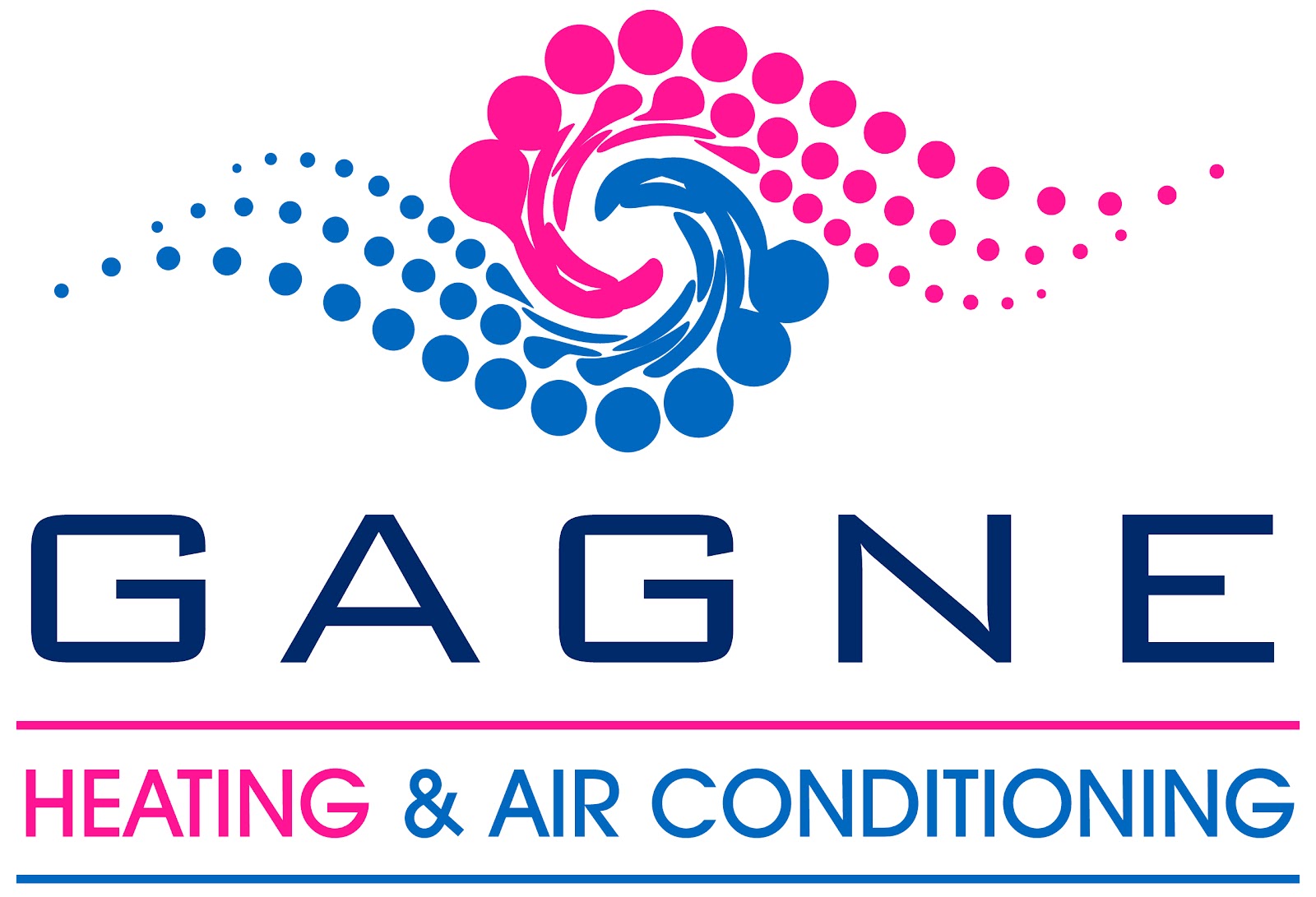Most Georgia homes are heated with furnaces. Furnaces heat air and distribute the heated air through the house using ducts. Replacing an older heating system can be daunting. What is the best operating system for your Atlanta home?
If your furnace is old, inefficient, or significantly oversized, the easiest solution is to replace it with a modern high-efficiency model. Prime candidates for replacement are gas furnaces with pilot lights rather than electronic ignitions. Your actual savings in upgrading to a new system could be much higher than modifying your existing system.
Before buying a new furnace or modifying your existing unit, first improve the energy efficiency of your home, and then call a heating contractor to size your furnace. Home improvements to your energy efficiency will save money on a new furnace because you can purchase a smaller unit. A properly sized furnace will operate most efficiently. You want to choose a dependable unit with a good warranty.
A sealed combustion unit, which intakes outside air through the burner and exhausts flue gases directly to the outside, is a good choice. Sealed combustion units have little energy waste and do not emit dangerous combustion gases into your home. Furnaces that are not sealed combustion units draw heated air into the unit for combustion and that air goes up the chimney, wasting the energy that was used to heat it. Back draft of combustion gases is a problem with furnaces that are not sealed combustion as well.
Comparing Systems
A central furnace’s efficiency is measured by annual fuel utilization efficiency (AFUE). The Federal Trade Commission requires new furnaces to display their AFUE so consumers can compare heating efficiencies of various models. AFUE is the ratio of annual heat output of the furnace compared to the total annual fossil fuel energy consumed by a furnace, according to energy.gov. An AFUE of 90% means that 90% of the energy in the fuel becomes heat for the home and the other 10% escapes up the chimney and elsewhere.
Heat loss through the duct system or piping is not measured by AFUE. Care must be taken to ensure that the furnace ducts and pipes are properly installed.
When shopping for high-efficiency furnaces, the ENERGY STAR® label does matter. Older furnace systems have efficiencies in the range of 56% to 70%. Modern conventional heating systems offer much greater efficiencies—as high as 96.6%. A higher efficiency rating means most of the fuel is converted to useful heat for your home instead of wasted. Upgrades or a new high-efficiency heating system can cut your fuel costs and your furnace’s pollution output in half.
You can identify and compare a system’s efficiency by not only its AFUE, but also by its equipment features, according to energy.gov.
Old, low-efficiency heating systems:
- Natural draft that creates a flow of combustion gases
- Continuous pilot light
- Heavy heat exchanger
- 56% to 70% AFUE.
Mid-efficiency heating systems:
- Exhaust fan controls the flow of combustion air and combustion gases more precisely
- Electronic ignition (no pilot light)
- Compact size and lighter weight to reduce cycling losses
- Small-diameter flue pipe
- 80% to 83% AFUE.
High-efficiency heating systems:
- Condensing flue gases in a second heat exchanger for extra efficiency
- Sealed combustion
- 90% to 96.6% AFUE.
A condensing furnace can save you money in fuel costs over the approximately 15- to 30-year life of the unit and is a wise investment. To learn more, contact a heating expert to receive an evaluation of your home’s energy efficiency.
